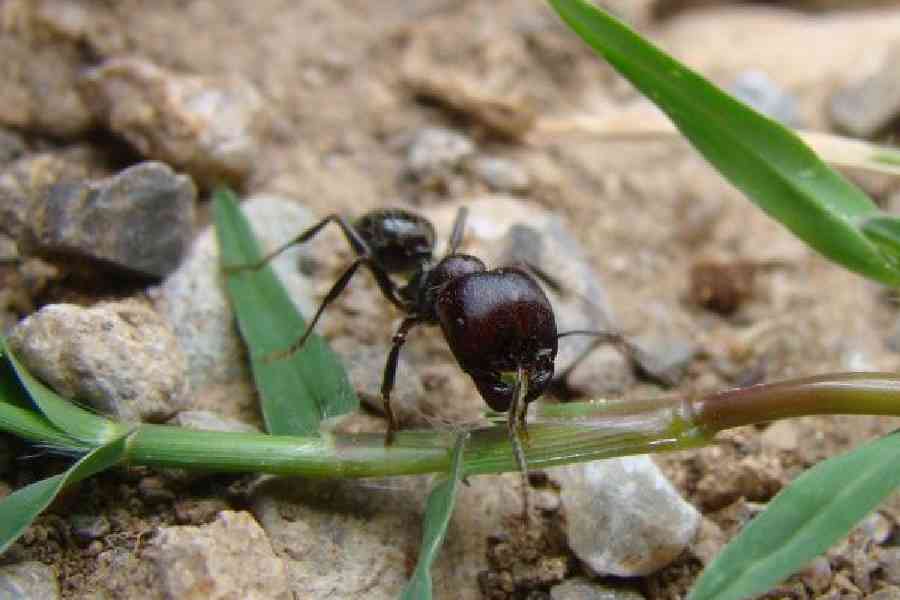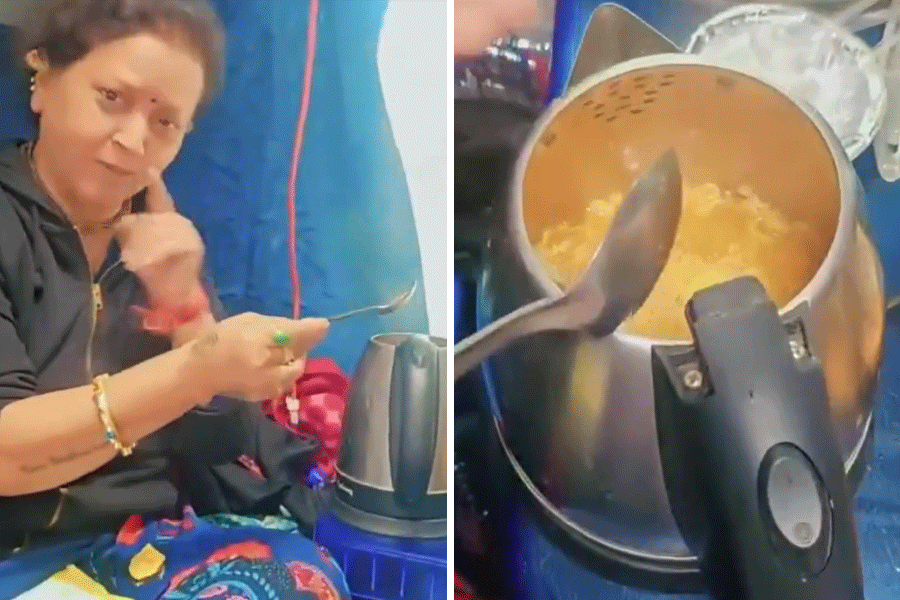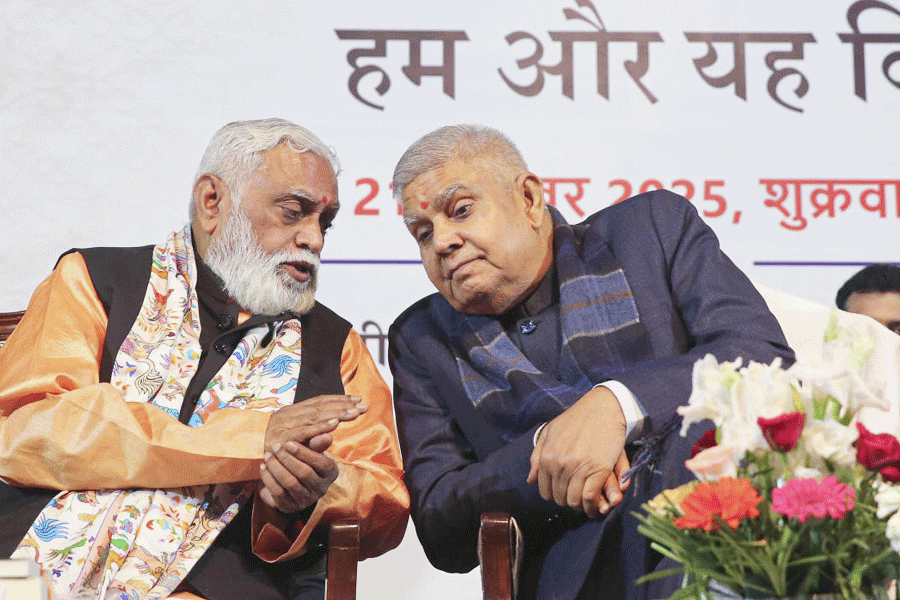When an animal parent has a child, both will belong to the same species. Humans beget humans, combfish beget combfish and green tinkerbirds beget green tinkerbirds. Outside of the occasional hybrid (like a mule or wholphin), this just seems like an incontrovertible fact of biology.
It took an ant to find a way out of this seemingly airtight setup.
In a paper published recently in Nature, researchers reported how queens of the Mediterranean harvester ant species Messor ibericus could produce male offspring of a different species, Messor structor. The M. ibericus ants then used the M. structor males to create hybrid workers who supported the colony.
This strategy — in which one species produces offspring belonging to another species — has not been seen before in any creature. The researchers call it “xenoparity”, or “foreign birth”.
“It’s crazy,” says Jonathan Romiguier, a biologist at the Institute of Evolutionary Science at the University of Montpellier in France and an author of the paper. “Sci-fi material,” he adds.
Ant colonies are highly structured, with individual insects sticking to specific roles. In harvester ant societies, female queens create offspring and male drones provide sperm. Sterile female workers take care of everything else, including nest building, childcare, and making and distributing “ant bread”, or crushed seeds mixed with saliva.
Studying M. ibericus, Romiguier noticed something “really, really abnormal”. Nearly all the workers in their colonies were first-generation hybrids — crosses between their own species and another harvester ant, M. structor.
The hybridisation itself is not so unusual. A number of ant queens mate with male drones of other species to produce hybrid workers, a strategy called “sperm parasitism”. Although the offspring are typically sterile, it’s not a problem, because reproduction isn’t their job.
These hybrid drones may be stronger and healthier than purebred drones. Or the queens may have “selfish” genes; in some cases, queen ants who reproduce with drones of their own species can only create other queens and must hybridise with a different species to create workers.
But M. ibericus shouldn’t have the opportunity to parasitise sperm from M. structor. Some M. ibericus colonies with hybrid workers are hundreds of miles from the closest M. structor colony. How are the M. ibericus queens even finding M. structor drone-dads to father their hybrid workers?
To investigate, Romiguier and his team began DNA-testing M. ibericus colonies in the wild and the lab. They found a number of M. structor drones living among the M. ibericus ants.
Furthermore, they found that all the drones within the colonies — whether M. ibericus or M. structor — had mitochondrial DNA from M. ibericus. Because this type of DNA is always maternally inherited, this meant ants from both species had M. ibericus queen-mothers.
Then they isolated M. ibericus queens and tested the eggs they laid. Nearly 10 per cent were M. structor. They watched males of both species reach adulthood. After that, “we had to face the facts”, he said. M. ibericus queens were not finding M. structor drones, but making them.
M. ibericus and M. structor diverged about 5 million years ago, a period “equal to the human-chimp divergence”, said Romiguier. So is this like a human having a chimpanzee baby?
“It’s like a human having chimp babies,” which they use as “a source of sperm for giving birth to human-chimp hybrids that would do all their tasks,” Romiguier said. Strategically, though, it makes sense.
“If you can produce at home the males you need, everything is easier,” he said, comparing it to humans domesticating animals, rather than going out to hunt.
Gary Umphrey, a professor of statistics at the University of Guelph in Ontario, Canada, who coined the term “sperm parasitism”, said papers like this are “setting off a gold rush into ant genetic research” and pushing our understanding of hybridisation.
But though he is excited, he is less surprised. “I look at evolution as DNA finding ways to keep reproducing,” he said. “This is just another very cool way.”
NYTNS











